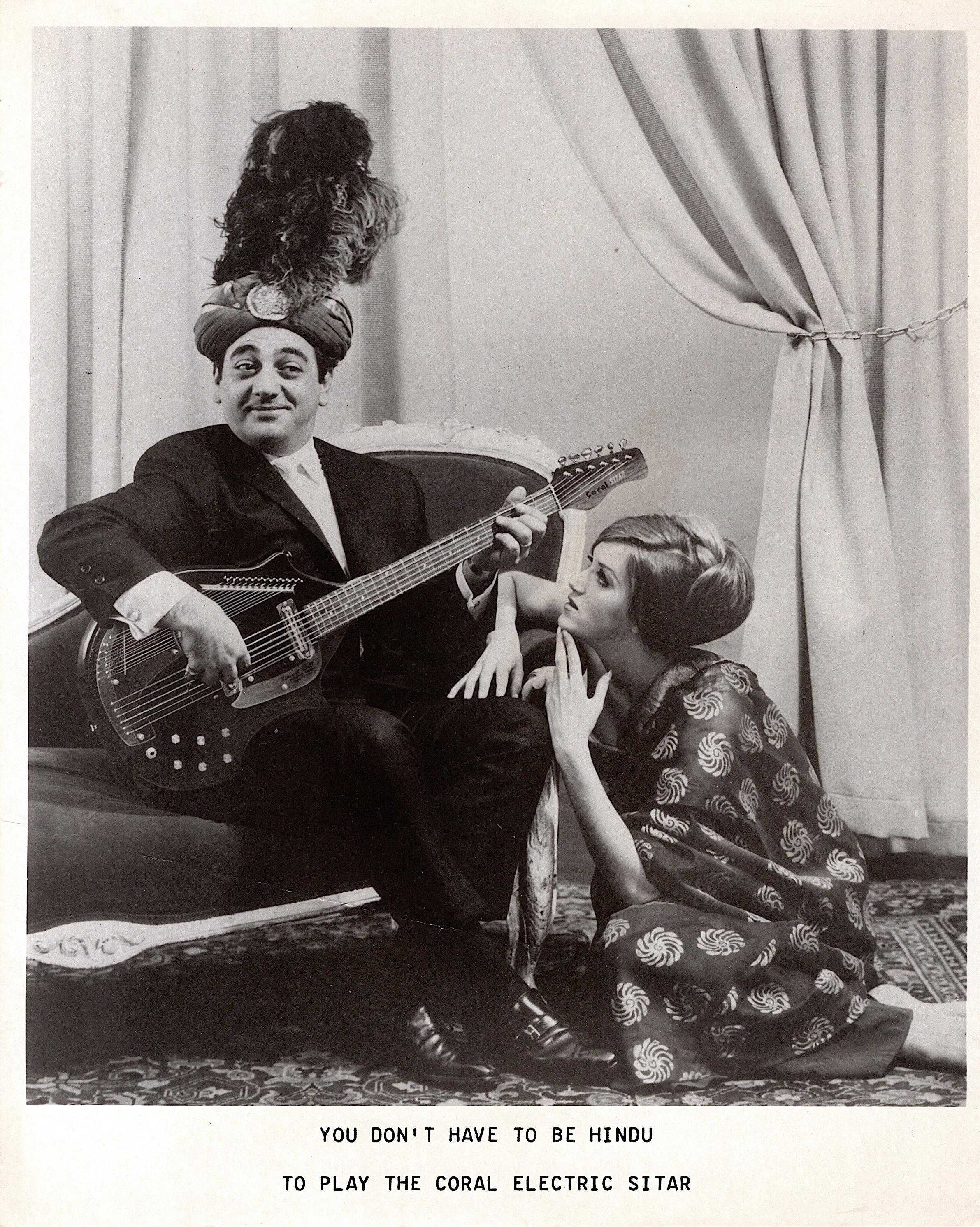|
Maxi On
''Maxi On'' is an EP by Japanese musician Takako Minekawa. It was released on July 12, 2000 by Trattoria Records. In the United States, it was released on November 14, 2000 by Emperor Norton Records. The EP is a collaboration with American indie rock band Dymaxion. Track listing Personnel Credits are adapted from the EP's liner notes. * Takako Minekawa – performance (including acoustic guitar on "Follow My Dreams"), arrangement, production * Ricky Domen – coordination of US recording sessions * Dymaxion – performance, arrangement, production * Mitsuo Koike – mastering * Kenichi Makimura – executive production * Shigeki Nakamura – mixing * Jeremy Novak – bass on "Maxi On!" and "Lullaby of Gray" * Nobuyuki Ohhashi – bass on "Lullaby of Gray" * Makoto Ohrui – art direction, design * Akihiro Ohshima – whistle on "Lullaby of Gray", engineering, recording * Keigo Oyamada – electric guitar, electric sitar, and string harmonic Playing a string harmonic (a ... [...More Info...] [...Related Items...] OR: [Wikipedia] [Google] [Baidu] |
Takako Minekawa
is a Japanese musician, singer, songwriter and writer. Career In her childhood, Minekawa acted in film and television. Minekawa's first musical venture was playing in Lolita, a band she formed with several college friends. Afterwards, she performed under the alias Mamene Kirerie in the duo Fancy Face Groovy Name with Kahimi Karie, backed by Flipper's Guitar, and under her own name in the band L⇔R. Minekawa debuted as a solo performer in 1995 with the release of her first album ''Chat Chat'' by the Japanese label Polystar, followed later in the year by the extended play, EP ''(A Little Touch Of) Baroque in Winter''. With her second studio album, ''Roomic Cube'' (1996), Minekawa began pursuing a more refined musical style rooted in influences from bossa nova, French pop music and experimental electronic music. It increased her popularity in Japan, while also crossing over to listeners in North America, where it received airplay on college radio stations. She released her third ... [...More Info...] [...Related Items...] OR: [Wikipedia] [Google] [Baidu] |
Sound Recording And Reproduction
Sound recording and reproduction is the electrical, mechanical, electronic, or digital inscription and re-creation of sound waves, such as spoken voice, singing, instrumental music, or sound effects. The two main classes of sound recording technology are analog recording and digital recording. Sound recording is the transcription of invisible vibrations in air onto a storage medium such as a phonograph disc. The process is reversed in sound reproduction, and the variations stored on the medium are transformed back into sound waves. Acoustic analog recording is achieved by a microphone diaphragm that senses changes in atmospheric pressure caused by acoustic sound waves and records them as a mechanical representation of the sound waves on a medium such as a phonograph record (in which a stylus cuts grooves on a record). In magnetic tape recording, the sound waves vibrate the microphone diaphragm and are converted into a varying electric current, which is then converted to ... [...More Info...] [...Related Items...] OR: [Wikipedia] [Google] [Baidu] |
String Harmonic
Playing a string harmonic (a flageolet) is a string instrument musical technique, technique that uses the node (physics), nodes of natural harmonics of a musical string (music), string to isolate Overtone, overtones. Playing string harmonics produces high pitched tones, often compared in timbre to a whistle or flute. Overtones can be isolated "by lightly touching the string with the finger instead of pressing it down" against the fingerboard (without fingering (music), stopping). For some instruments this is a fundamental technique, such as the Chinese guqin, where it is known as ''fan yin'' (wiktionary:泛音, 泛音, lit. "floating sound"), and the Vietnamese đàn bầu. Overtones When a Strings (music), string is plucked or bowed normally, the ear hears the fundamental frequency most prominently, but the overall sound is also colored by the presence of various overtones (frequencies greater than the fundamental frequency). The fundamental frequency and its overtones are perce ... [...More Info...] [...Related Items...] OR: [Wikipedia] [Google] [Baidu] |
Electric Sitar
An electric sitar is a type of electric guitar designed to mimic the sound of the sitar, a traditional musical instrument of India. Depending on the manufacturer and model, these instruments bear varying degrees of resemblance to the traditional sitar. Most resemble the electric guitar in the style of the body and headstock, though some have a body shaped to resemble that of the sitar (such as a model made by Danelectro). History The instrument was developed in the early 1960s by session guitarist Vinnie Bell in partnership with Danelectro and released under the brandname Coral™ in 1967. At the time, many western musical groups began to use the sitar, which is generally considered a difficult instrument to learn. By contrast, the electric sitar, with its standard guitar fretboard and tuning, is a more familiar fret arrangement for a guitarist to play. The twangy sitar-like tone comes from a flat bridge adding the necessary buzz to the guitar strings. Configuration In addition t ... [...More Info...] [...Related Items...] OR: [Wikipedia] [Google] [Baidu] |
Cornelius (musician)
, also known by his moniker , is a Japanese musician and producer who co-founded Flipper's Guitar, an influential Shibuya-kei band, and subsequently embarked on a solo career. In 1997, he released the album '' Fantasma'', which landed him praise from American music critics, who called him a "modern-day Brian Wilson" or the "Japanese Beck". In 2007, ''Rolling Stone Japan'' named two of Oyamada's albums amongst the "100 Greatest Japanese Rock Albums of All Time", with ''Fantasma'' ranking in 10th place and ''Camera Talk'' by Flipper's Guitar ranking in 35th place. Life and career Oyamada was born in Setagaya, Tokyo, Japan. His first claim to fame was as a member of the pop duo Flipper's Guitar, one of the key groups of the Tokyo Shibuya-kei scene. Following the disbandment of Flipper's Guitar in 1991, Oyamada donned the "Cornelius" moniker and embarked on a successful solo career. He chose his pseudonym in tribute to the character of the same name from the film ''Planet of the Ap ... [...More Info...] [...Related Items...] OR: [Wikipedia] [Google] [Baidu] |
Audio Engineer
An audio engineer (also known as a sound engineer or recording engineer) helps to produce a recording or a live performance, balancing and adjusting sound sources using equalization, dynamics processing and audio effects, mixing, reproduction, and reinforcement of sound. Audio engineers work on the "technical aspect of recording—the placing of microphones, pre-amp knobs, the setting of levels. The physical recording of any project is done by an engineer... the nuts and bolts." Sound engineering is increasingly seen as a creative profession where musical instruments and technology are used to produce sound for film, radio, television, music and video games. Audio engineers also set up, sound check and do live sound mixing using a mixing console and a sound reinforcement system for music concerts, theatre, sports games and corporate events. Alternatively, ''audio engineer'' can refer to a scientist or professional engineer who holds an engineering degree and who designs, dev ... [...More Info...] [...Related Items...] OR: [Wikipedia] [Google] [Baidu] |
Art Director
Art director is the title for a variety of similar job functions in theater, advertising, marketing, publishing, fashion, film industry, film and television, the Internet, and video games. It is the charge of a sole art director to supervise and unify the vision of an artistic production. In particular, they are in charge of its overall visual appearance and how it visual communication, communicates visually, stimulates moods, contrasts features, and psychologically appeals to a target audience. The art director makes decisions about visual elements, what artistic style (visual arts), style(s) to use, and when to use motion graphic design, motion. One of the biggest challenges art directors face is translating desired moods, messages, concepts, and underdeveloped ideas into imagery. In the brainstorming process, art directors, colleagues and clients explore ways the finished piece or scene could look. At times, the art director is responsible for solidifying the vision of the col ... [...More Info...] [...Related Items...] OR: [Wikipedia] [Google] [Baidu] |
Audio Mixing (recorded Music)
In sound recording and reproduction, audio mixing is the process of optimizing and combining multitrack recordings into a final mono, stereo or surround sound product. In the process of combining the separate tracks, their relative levels are adjusted and balanced and various processes such as equalization and compression are commonly applied to individual tracks, groups of tracks, and the overall mix. In stereo and surround sound mixing, the placement of the tracks within the stereo (or surround) field are adjusted and balanced. Audio mixing techniques and approaches vary widely and have a significant influence on the final product. Audio mixing techniques largely depend on music genres and the quality of sound recordings involved. The process is generally carried out by a mixing engineer, though sometimes the record producer or recording artist may assist. After mixing, a mastering engineer prepares the final product for production. Audio mixing may be performed on a mixing ... [...More Info...] [...Related Items...] OR: [Wikipedia] [Google] [Baidu] |
Executive Producer
Executive producer (EP) is one of the top positions in the making of a commercial entertainment product. Depending on the medium, the executive producer may be concerned with management accounting or associated with legal issues (like copyrights or royalties). In films, the executive producer generally contributes to the film's budget and their involvement depends on the project, with some simply securing funds and others being involved in the filmmaking process. Motion pictures In films, executive producers may finance the film, participate in the creative effort, or work on set. Their responsibilities vary from funding or attracting investors into the movie project to legal, scripting, marketing, advisory and supervising capacities. Executive producers vary in involvement, responsibility and power. Some executive producers have hands-on control over every aspect of production, some supervise the producers of a project, while others are involved in name only. The creditin ... [...More Info...] [...Related Items...] OR: [Wikipedia] [Google] [Baidu] |
Mastering (audio)
Mastering, a form of audio post production, is the process of preparing and transferring recorded audio from a source containing the final mix to a data storage device (the master), the source from which all copies will be produced (via methods such as pressing, duplication or replication). In recent years digital masters have become usual, although analog masters—such as audio tapes—are still being used by the manufacturing industry, particularly by a few engineers who specialize in analog mastering. Mastering requires critical listening; however, software tools exist to facilitate the process. Results depend upon the intent of the engineer, the skills of the engineer, the accuracy of the speaker monitors, and the listening environment. Mastering engineers often apply equalization and dynamic range compression in order to optimize sound translation on all playback systems. It is standard practice to make a copy of a master recording—known as a safety copy—in case ... [...More Info...] [...Related Items...] OR: [Wikipedia] [Google] [Baidu] |
Record Producer
A record producer is a recording project's creative and technical leader, commanding studio time and coaching artists, and in popular genres typically creates the song's very sound and structure.Virgil Moorefield"Introduction" ''The Producer as Composer: Shaping the Sounds of Popular Music'' (Cambridge, MA & London, UK: MIT Press, 2005).Richard James Burgess, ''The History of Music Production'' (New York: Oxford University Press, 2014)pp 12–13Allan Watson, ''Cultural Production in and Beyond the Recording Studio'' (New York: Routledge, 2015)pp 25–27 The record producer, or simply the producer, is likened to film director and art director. The executive producer, on the other hand, enables the recording project through entrepreneurship, and an audio engineer operates the technology. Varying by project, the producer may or may not choose all of the artists. If employing only synthesized or sampled instrumentation, the producer may be the sole artist. Conversely, some artists ... [...More Info...] [...Related Items...] OR: [Wikipedia] [Google] [Baidu] |







